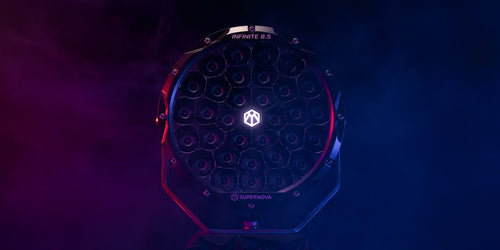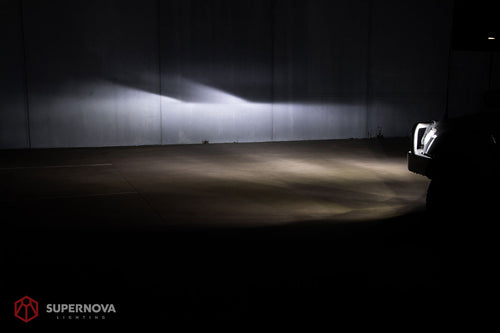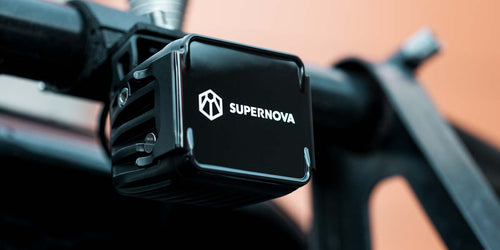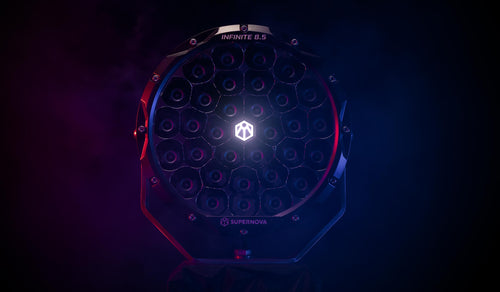History & Cause
Previously, light bars used to have odd-shaped heat sinks that resulted in a range of annoying wind howling effects that were hard to resolve. However, thanks to our modern design techniques, CAD simulation and wind testing our Commander and Delta light bars are engineered to emit virtually no wind noise on their own, up to at least 80m/s.
However, when mounting a light bar to a vehicle roof rack, a small air gap can channel air and create a pressure differential across the back of the light bar.
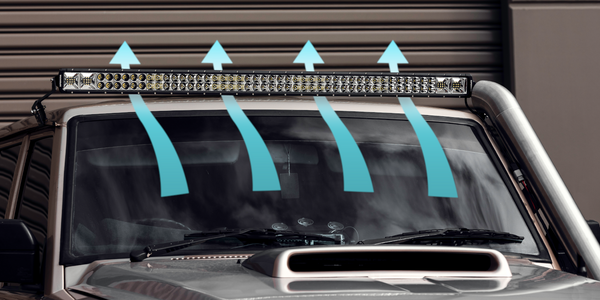
This pressure differential can create eddy currents and howling sounds as turbulent whirls of air pass vertically across the heat sinks. This effect is particularly noticeable on square, box-shaped vehicles with abrupt windscreen angles that direct a lot of air vertically, such as the G class wagon, Jeep Wranglers, and Toyota FJ Cruisers.
How to Fix
Fortunately, the solution to this problem is simple. One can purchase flyscreen spline from a hardware store and insert it into the gaps between the fins on the back of the light bar. To achieve optimal results, it is recommended to run the spline along the entire length of the heat sink. However, in most cases, only the bottom half of the light bar fins require it.

By smoothing out the fins, eddy currents won't be as disruptive, resulting in a smooth and quiet ride for off-road enthusiasts.


